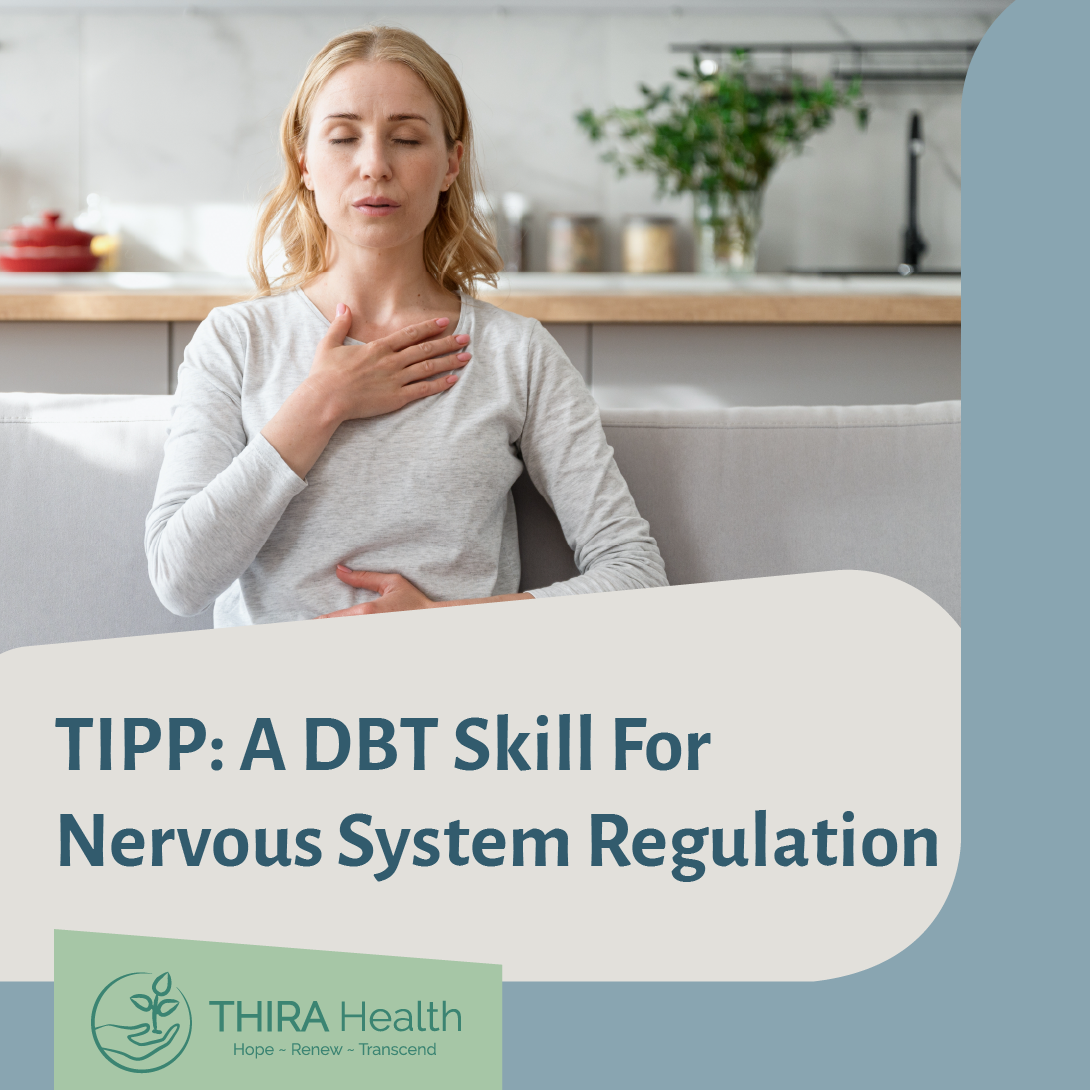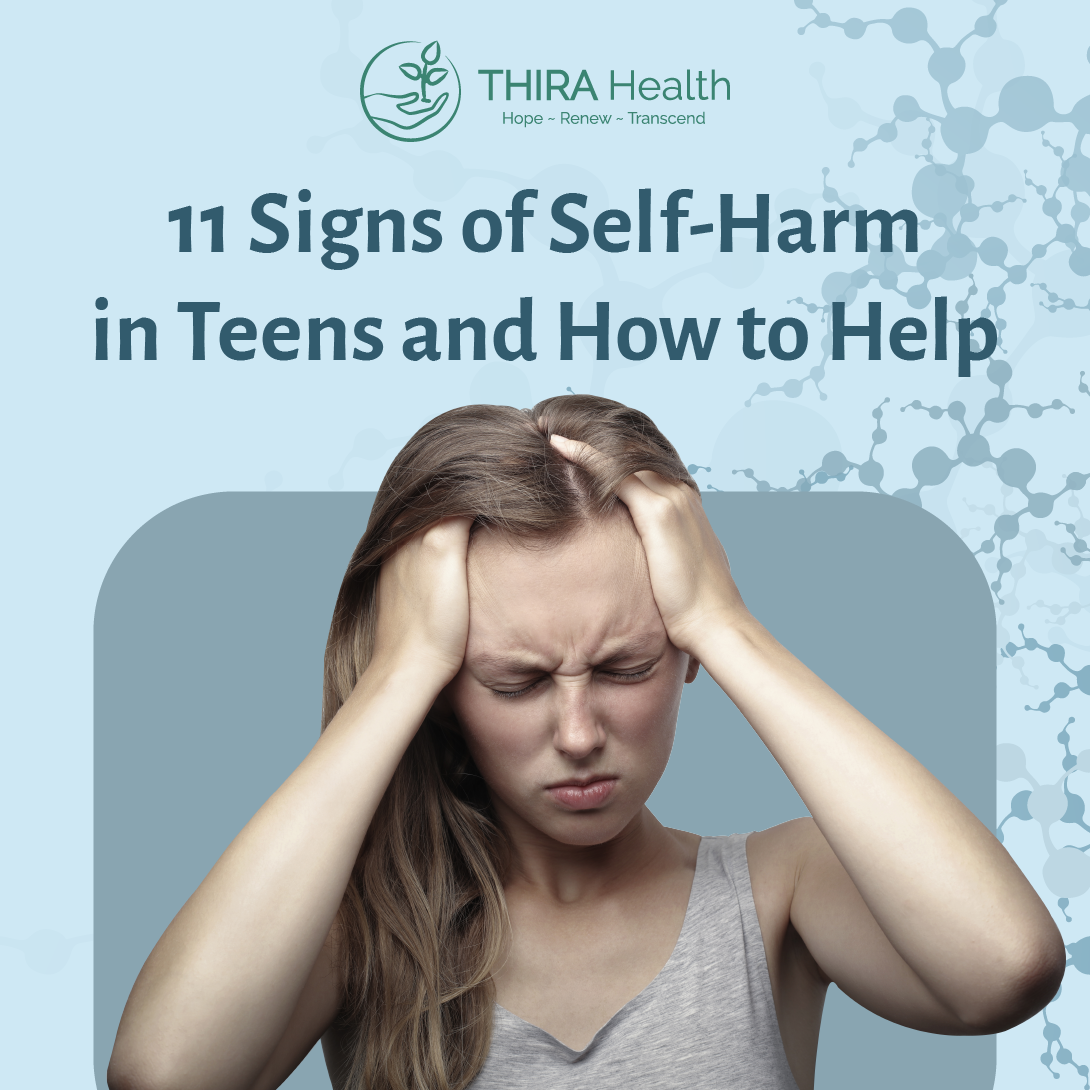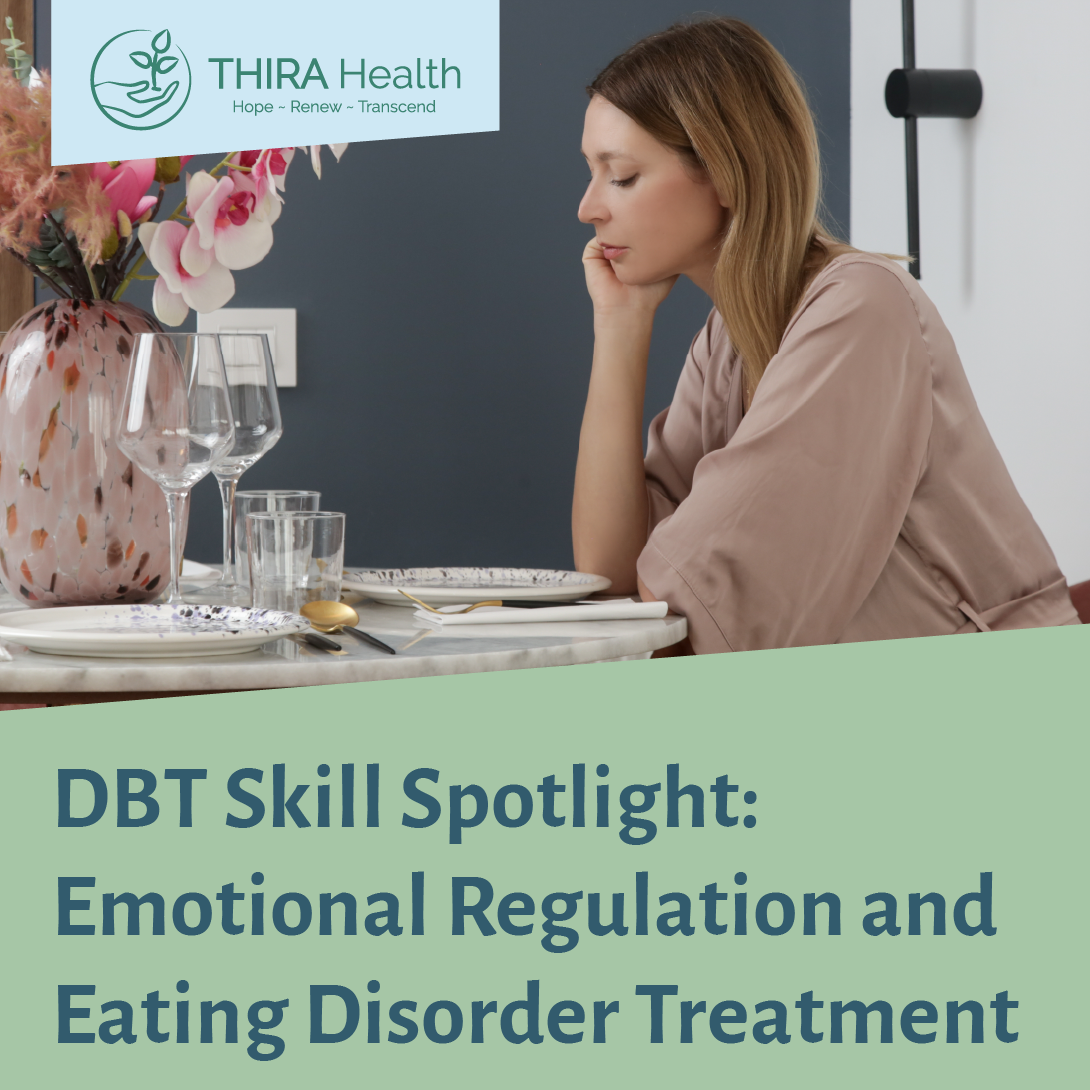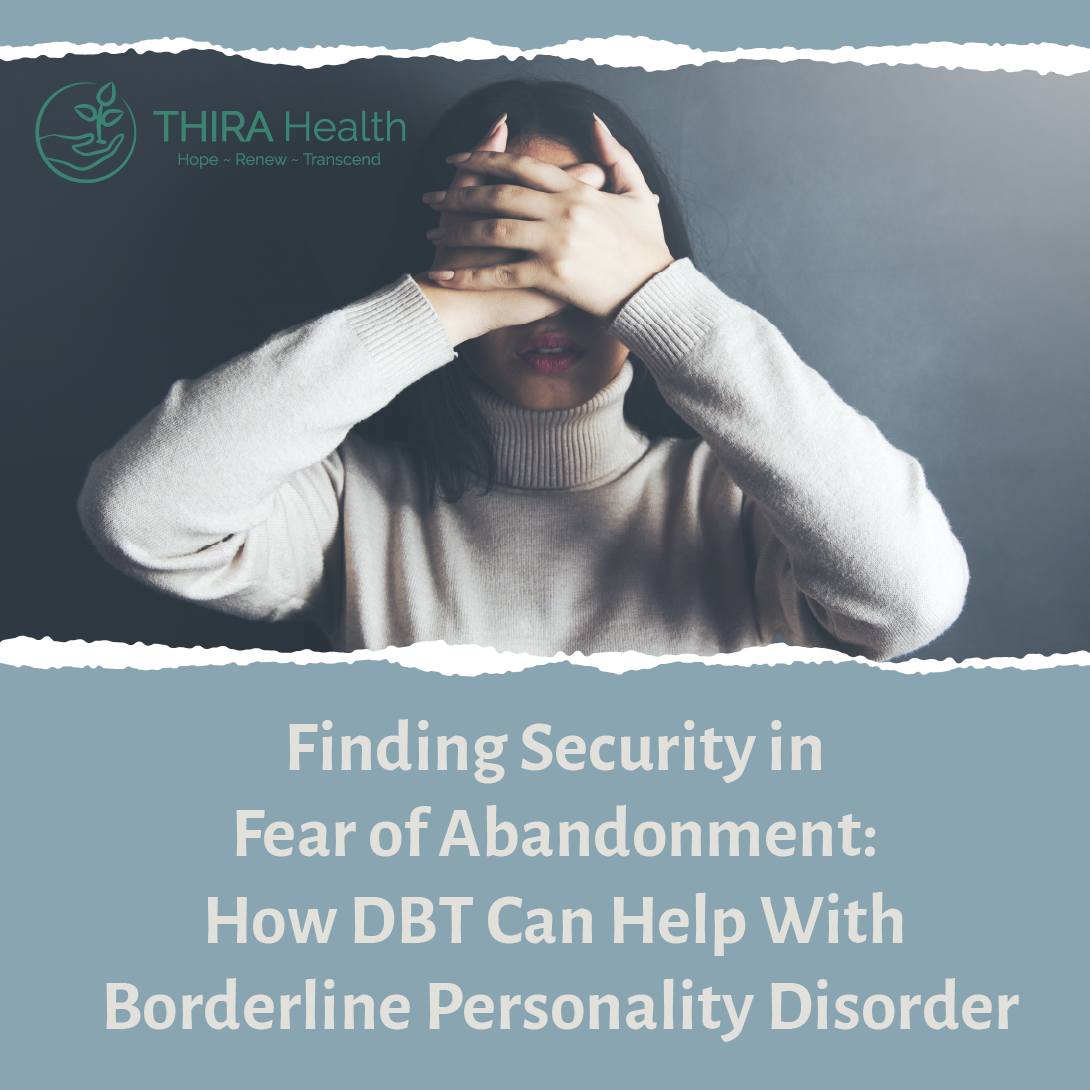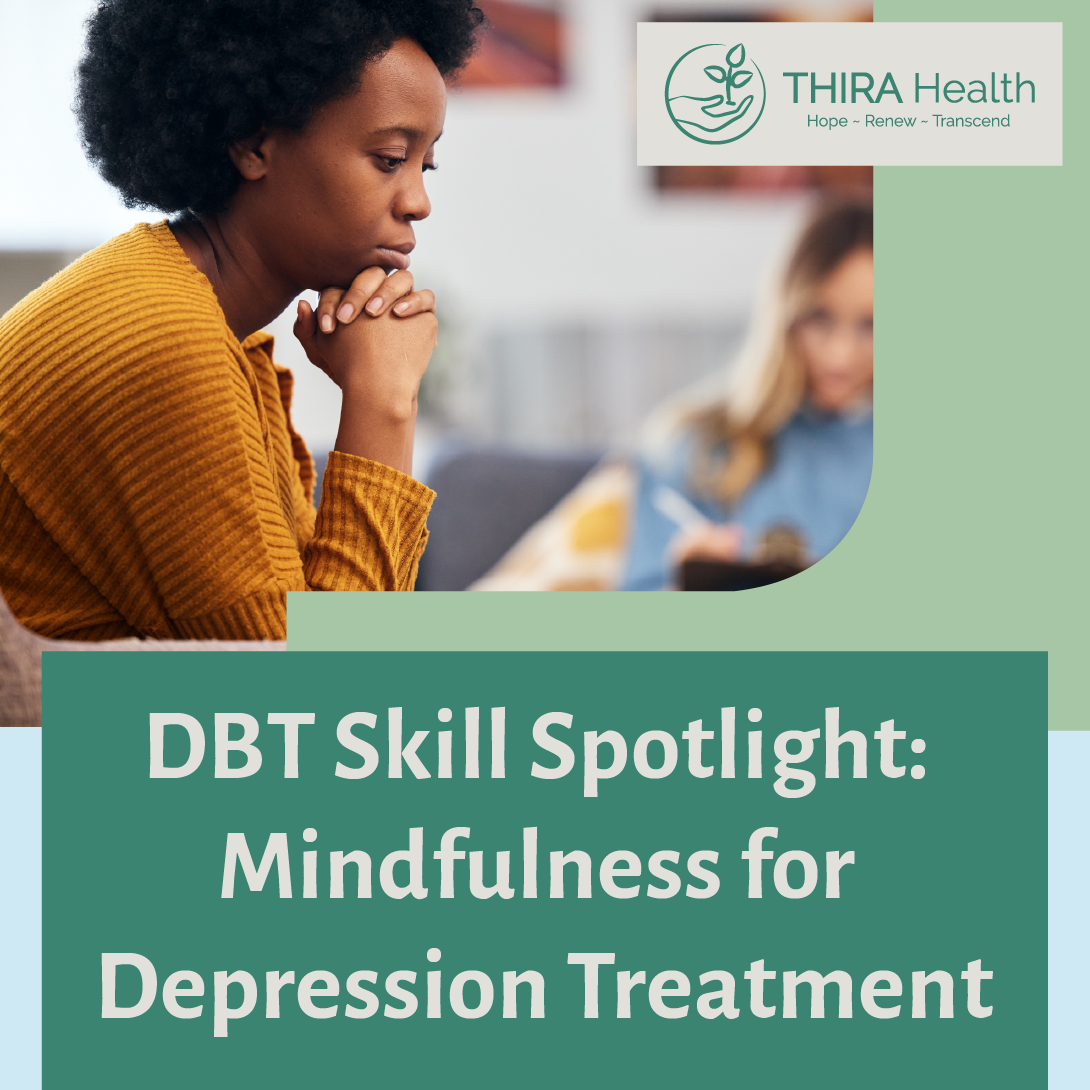By Dr. Mehri Moore, M.D.
According to research conducted by the National Institute of Mental Health, roughly a quarter of 13- to 18-year-olds struggle with some sort of anxiety disorder during their adolescence. Data from the Centers for Disease Control and Prevention suggests that many of these episodes are quite serious, as suicide deaths among Americans aged 10 to 19 have risen dramatically in the last decade. This troubling trend is particularly pronounced among adolescent girls, for whom suicide rates are at a 40-year high.
Understandably, the question on everyone’s mind is, “Why?” Ever-increasing workloads and expectations at school and ongoing familial after-effects of the Great Recession have been put forward as possible explanations, but one of the most suspect culprits is the proliferation – and improper use – of social media.
To be clear, there is still no scientific consensus around the causal relationship – or lack thereof – between adolescents’ social media use and their increasingly common struggles with anxiety, depression, and suicide, but it’s hard to dispute that the rise of social media has created a whole new set of problems for teenagers to navigate during their most impressionable and vulnerable years.
Smartphones Are a Way of Life
Most significantly, social media – and especially the smartphones with which most adolescents access it – has fundamentally redefined the way that young people interface with their peers. Research released by Bank of America shows that 39% of Millennials (and presumably an even larger percentage of Gen Z-ers) claim that they interact more with their smartphones more than with their significant others, parents, friends, or classmates. Despite only comprising 29% of the country’s population, Millennials account for over 40% of the total time that Americans spend using a smartphone.
Adolescents frequently respond to figures like this with some variation of, “I’m almost always interacting with my friends and classmates when I’m on my phone,” and while there is certainly some truth there, this doesn’t represent the entire picture. The problem is not that young people don’t socialize; it’s that their socializing is largely conducted through a digital intermediary like Instagram or Snapchat.
The “online disinhibition effect” – that is, the elimination or reduction of the social restrictions and protocols that govern face-to-face interactions brought about by the mechanics of the digital realm – is well-documented among all age groups of Internet-users, and plays a central role in many adolescents’ social relationships. There have always been bullies and “mean girls,” to be sure, but the extent and vitriol of cyberbullying far exceed what happens in the average school hallway or lunchroom.
The Risks of Being Constantly Connected
In her recent book iGen, San Diego State University professor of psychology Jean Twenge delivered some shocking statistics on the correlation between smartphone and social media use and mental health issues among teens.
According to Twenge’s study of 500,000 adolescents across the country, teens who spend more than three hours per day on their smartphones were 34% more likely to struggle with feelings of hopelessness or seriously consider suicide than their peers who spend less than two hours per day on their phones. Similarly, Twenge found that those adolescents who used social media every day were 13% more likely to report frequent depressive symptoms than those who used social media more sparingly.
In Part II of this article, we’ll dive deeper into why adolescent girls are particularly vulnerable to poor mental health outcomes stemming from improper smartphone and social media use, and discuss some of the ways that parents can work with their daughters to strike the right balance between constant connection and a robust offline life.
In the meantime, if you are concerned that your daughter is struggling with anxiety or depression – stemming from social media use or otherwise – please feel free to reach out to us for help. Our diverse slate of programs features dedicated treatment tracks for adolescent girls, and we have decades of experience providing young women with a supportive environment designed specifically to achieve durable recoveries.

